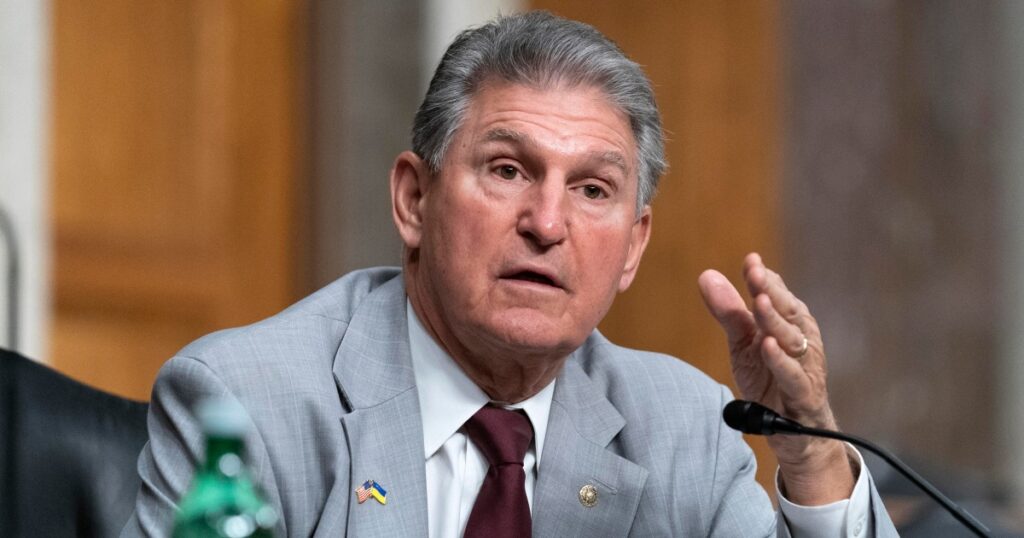What is the Debt Ceiling and How Does it Work?
The debt ceiling refers to the maximum amount of money that the United States government can borrow to fund its operations and meet its financial obligations. It is a limit set by Congress on the total amount of debt that the government can accumulate. The debt ceiling is an important mechanism that helps control government spending and ensures that the government does not exceed its borrowing capacity.
When the government reaches the debt ceiling, it cannot borrow any more money unless Congress raises or suspends the limit. This means that the government must rely on its available cash on hand to meet its financial obligations, such as paying salaries, funding programs, and servicing existing debt. If the debt ceiling is not raised in a timely manner, the government may face the risk of defaulting on its debt, which can have severe consequences for the economy and financial markets.
To raise the debt ceiling, Congress must pass legislation that increases or suspends the limit. This process can be politically contentious, as it often involves debates and negotiations between lawmakers from different parties. Failure to raise the debt ceiling in a timely manner can lead to a government shutdown or a financial crisis, as the government may not have enough funds to meet its obligations.
Understanding the Implications and Controversies Surrounding the Debt Ceiling
The debt ceiling has significant implications for the economy and financial markets. If the government reaches the debt ceiling and is unable to borrow more money, it may be forced to implement spending cuts or prioritize its payments. This can have a negative impact on government programs and services, as well as on individuals and businesses that rely on government funding.
The debt ceiling is also a source of controversy and political debate. Some lawmakers argue that raising the debt ceiling allows the government to continue its excessive spending and contributes to the growing national debt. Others believe that failing to raise the debt ceiling can have catastrophic consequences for the economy and argue that it is necessary to ensure the government’s ability to meet its financial obligations.
The debt ceiling has been a subject of political brinkmanship in the past, with lawmakers using it as a bargaining chip to push for policy changes or budget reforms. This has led to uncertainty and volatility in financial markets, as investors become concerned about the possibility of a government default. The debt ceiling debate often highlights the broader issues of fiscal responsibility, government spending, and the role of government in the economy.







